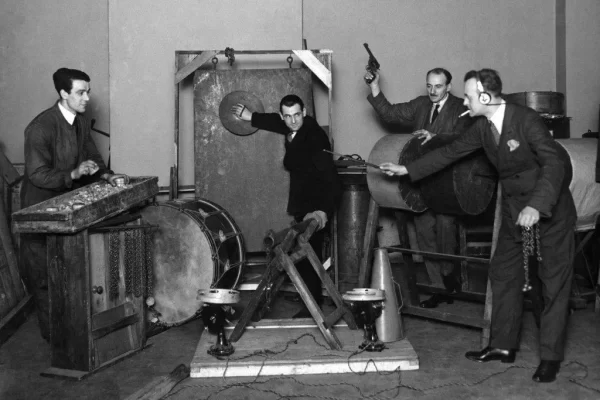Many technologies are used to measure the volume of a liquid or gas in specific industries. One of the devices used is differential turbine flow meters, which is prevalent, but one of its disadvantages is that is it is highly sensitive to pressure changes, giving off an inaccurate measurement.
Coriolis flow meters are also quite conventional and are very useful. However, these devices are large and expensive. This is the reason why a lot of industries depend a lot on turbine flow meters, which are easy to use and are very flexible in terms of usage.
Table of Contents
What is Turbine Flow Meter?
In its primary sense, a turbine flow meter is what you use to measure the volume of a fluid in an absolute velocity in a pump – intensive environment. As the liquid passes through the turbine housing, the flow would cause the suspended turbine blades to rotate at a certain speed. The velocity of the blades is directly proportional to the volume of the liquid or gas that is being measured.
As the turbine blades are spinning, the external pickoff in the body of the turbine flow meter will sense the frequency of the blades, giving an accurate frequency rate of the liquid or gas. The frequency that is given off by the blades is also directly proportional to the volume of the liquid or gas.
If you need an accurate measurement of a liquid or gas, turbine flow meters are the best pick. The applications of the turbine flow meter are extensive as it can measure the volume of a liquid or gas in restricted environments. The device can withstand high pressures and can be used on both high and low temperatures
The device could also offer a high turn-down with the least possibilities of uncertainty in its measurement and has excellent repeatability with high accuracy. Not to mention that it is relatively simple to install and requires little constant checkups and recalibration.
On its calculations, accuracy is a percentage of the total volume and is an indication of how the device is close to the actual flow. One factor of the device is how well it retains a precise measurement on its multiple tests, which indicates its accuracy on its repeatability. In simpler terms, the repeatability of the device is how well the meter indicates the same measurement in a similar environment. With this, the device ensures an accurate reading on different levels of the situation.
Industry Application
Turbine flow meters are used by a lot of varying industries. In terms of the oil and gas industry, its practicality is used on water injection, disposal wells, hydraulic fracturing, and chemical injections, among others.
In the industrial and municipal uses, it is used on water metering, HVAC, and building automation. It is also used in aerospace and defense like engine testing, fuel flow measurement, monitoring fuel supply to ship engines, and shipboard reverse osmosis systems.
Countless testing has shown that turbine flow meters can be applied to a wide variety of situations and environments. Even in extreme conditions such as measuring corrosive fluids, high pressured conditions, and particulate matters in gas and oil production, it can still be applicable. This device is highly used by different industries due to its low cost and its proven accuracy in measurements.
Turbine flow meters aren’t without its disadvantages, though. One of its problems is that it is difficult to maintain a specific calibration as you need to check the device to retain its calibration periodically. When dealing with corrosive substances, you need to check its parts for any malfunction. Situations like bearing wear and rotor stuck can be common when measuring these kinds of liquids.
Also, fluid properties can profoundly influence the measurement of the device. Turbine flow meters can easily be affected by the density of the gas measured, while the viscosity of the liquid can alter accuracy readings. Since liquid viscosity and gas density can affect the readings, it is necessary to put these into account to maintain a high level of accuracy between measurements since these factors are proportional to pressure and temperature.
When not monitored, the measurement will fluctuate, and it will be challenging to have an accurate measurement. Also, turbine flow meters can only measure clean liquids. When the situation requires it, you may have to install a filter.
Takeaway
Turbine flow meters are devices that are used by a lot of industries and are highly necessary for their operations. With its high accuracy in varying levels of pressure and temperature, it is flexible in its application. Also, their cost and maintenance are cheaper than their peers, so a lot of industries prefer this device for measurement. If you are looking for a flow sensor that is both accurate and cheap, turbine flow meters are the best pick.
Author’s Bio:
Working as a writer and a blogger, Sylvia Hopkins specializes in email marketing campaigns and ghost blogging. Due to her knowledge in liquid flows, she writes about flow measurement instrumentation, flow measurement application, and technology. Sylvia also enjoys the company of her family and friends when not working.





